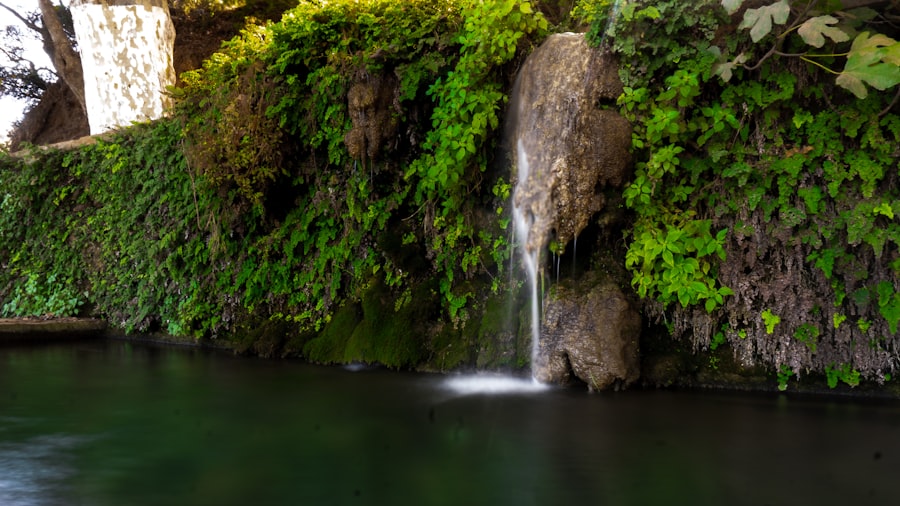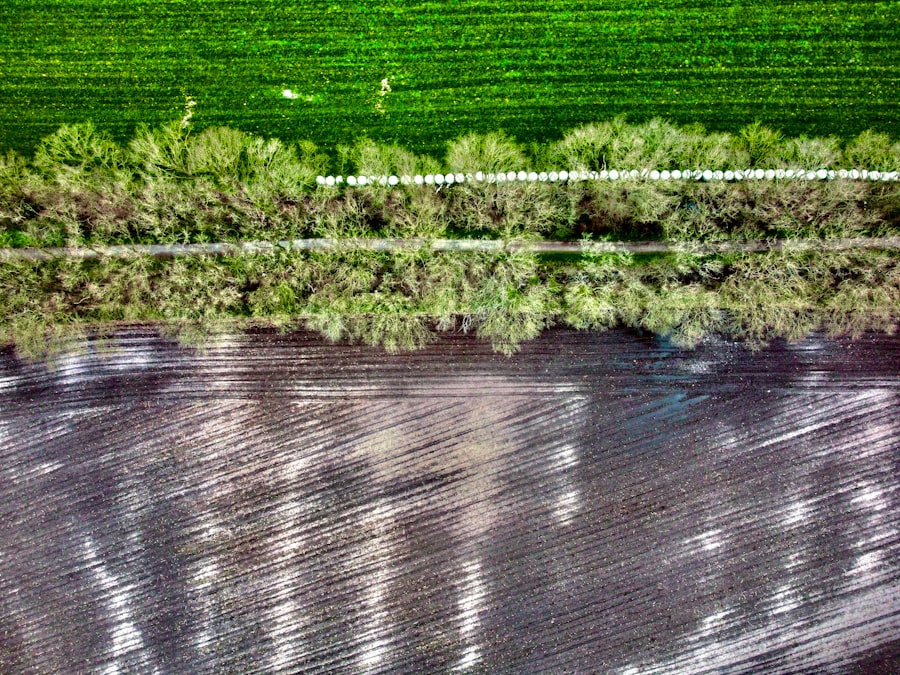Ukraine, the largest country in Europe by land area, boasts a remarkably diverse terrain and topography that reflects its rich geological history and climatic variations. Spanning approximately 603,500 square kilometres, the country is characterised by a mosaic of landscapes, ranging from the rugged Carpathian Mountains in the west to the expansive steppes in the east. This geographical diversity not only shapes the natural beauty of Ukraine but also influences its agricultural practices, biodiversity, and cultural heritage.
The country’s topography is marked by a series of distinct regions, each with its own unique features. The interplay between mountains, rivers, plains, and plateaus creates a dynamic environment that has been shaped over millennia by natural forces such as erosion, glaciation, and sedimentation. Understanding Ukraine’s terrain is essential for appreciating its ecological richness and the ways in which its landscapes have influenced human settlement and activity throughout history.
Summary
- Ukraine’s terrain and topography are diverse and varied, ranging from mountains to plains and coastal lowlands.
- The Carpathian Mountains are home to Ukraine’s highest peaks, offering stunning natural beauty and opportunities for outdoor activities.
- The Dnieper River Valley is known as Ukraine’s breadbasket, providing fertile land for agriculture and a vital source of water and transportation.
- The Crimean Peninsula is a unique topographical feature, with its own distinct landscape and climate, including mountains, plateaus, and coastal areas.
- The Ukrainian Steppe is characterized by vast plains and grasslands, playing a significant role in the country’s history and culture.
The Carpathian Mountains: Ukraine’s Highest Peaks
The Carpathian Mountains, which stretch across several Central and Eastern European countries, form a significant part of Ukraine’s western border. This mountain range is home to some of the highest peaks in Ukraine, including Hoverla, which rises to an elevation of 2,061 metres. The Carpathians are not only notable for their height but also for their stunning natural beauty, characterised by dense forests, alpine meadows, and a rich variety of flora and fauna.
The region is a haven for outdoor enthusiasts, offering opportunities for hiking, skiing, and wildlife observation. The Carpathians are also steeped in cultural significance. The mountains have long been inhabited by various ethnic groups, including the Hutsuls and Boykos, who have developed unique traditions and lifestyles closely tied to the land.
The region is dotted with picturesque villages that showcase traditional wooden architecture and vibrant folk art. Additionally, the Carpathians are home to several national parks and nature reserves, such as the Carpathian National Nature Park and Synevyr National Park, which aim to protect the area’s ecological integrity while promoting sustainable tourism.
The Dnieper River Valley: Ukraine’s Breadbasket

The Dnieper River, one of Europe’s major rivers, flows through the heart of Ukraine, carving out a fertile valley that has been dubbed the country’s breadbasket. This river valley is characterised by rich alluvial soils that support extensive agricultural activities. The Dnieper’s basin is particularly known for its production of grains, sunflowers, and sugar beets, making it a vital region for Ukraine’s economy.
The agricultural output from this area not only sustains local communities but also positions Ukraine as one of the world’s leading grain exporters. The Dnieper River itself plays a crucial role in shaping the landscape of the valley. Its meandering course creates a variety of ecosystems, including wetlands and floodplains that are home to diverse wildlife.
The river serves as a vital waterway for transportation and trade, linking various regions of Ukraine and facilitating economic development. Moreover, the Dnieper is integral to the cultural identity of the Ukrainian people; it has inspired countless works of literature and art throughout history, symbolising both beauty and resilience.
The Crimean Peninsula: A Unique Topographical Feature
The Crimean Peninsula is a distinctive geographical feature located on the northern coast of the Black Sea. It is characterised by a varied topography that includes mountains, cliffs, and coastal plains. The Crimean Mountains dominate the southern part of the peninsula, with elevations reaching up to 1,545 metres at Mount Roman-Kosh.
This mountainous region is known for its dramatic landscapes, featuring steep cliffs that plunge into the sea and lush valleys that support diverse ecosystems. The peninsula’s unique climate further enhances its topographical diversity. The southern coast enjoys a Mediterranean climate with warm summers and mild winters, making it a popular destination for tourists seeking sun and sea.
In contrast, the northern part of Crimea experiences a more continental climate with colder winters. This climatic variation supports a wide range of agricultural activities, including vineyards and orchards that thrive in the warmer regions. The Crimean Peninsula is not only significant for its natural beauty but also for its historical importance; it has been a crossroads of various cultures and civilisations throughout history.
The Ukrainian Steppe: Vast Plains and Grasslands
The Ukrainian Steppe is one of the most extensive grassland regions in Europe, covering a significant portion of eastern Ukraine. This vast expanse of flat terrain is characterised by rolling hills and fertile soils that have made it an ideal location for agriculture. The steppe is primarily composed of chernozem soil, known for its high organic content and fertility, which supports extensive cultivation of crops such as wheat, barley, and corn.
The steppe’s ecosystem is home to a variety of plant and animal species adapted to its unique conditions. Grasses dominate the landscape, interspersed with wildflowers that bloom in spring and summer. The region also supports diverse wildlife, including steppe birds such as larks and bustards, as well as mammals like foxes and hares.
Historically, the steppe has been inhabited by nomadic tribes who relied on its resources for sustenance. Today, it remains a vital agricultural region that contributes significantly to Ukraine’s economy while also serving as an important ecological zone.
The Volhynian-Podolian Upland: Rolling Hills and Plateaus

The Volhynian-Podolian Upland is another prominent geographical feature in Ukraine, characterised by its rolling hills and plateaus that rise above the surrounding lowlands. This upland region is situated in western Ukraine and extends into parts of central Ukraine. Its elevation varies between 200 to 400 metres above sea level, creating a landscape marked by gentle slopes and deep river valleys.
The upland’s topography has significant implications for land use and agriculture. The fertile soils found here support various crops, including grains and vegetables. Additionally, the region is dotted with numerous rivers and streams that provide essential water resources for irrigation.
The Volhynian-Podolian Upland is also rich in biodiversity; its forests are home to various species of trees such as oak, beech, and pine, while its meadows support an array of wildflowers and grasses. Culturally, this region has been shaped by its historical significance as a crossroads of trade routes connecting different parts of Europe. The upland is home to several ancient towns and cities that reflect a blend of architectural styles influenced by various cultures over centuries.
This rich cultural heritage adds another layer of depth to the already diverse landscape.
The Azov Sea Lowland: Coastal Terrain and Wetlands
The Azov Sea Lowland represents a unique coastal terrain in southeastern Ukraine, characterised by its flat plains interspersed with wetlands and lagoons. This lowland area stretches along the northern coast of the Azov Sea and features a variety of ecosystems that support both terrestrial and aquatic life. The wetlands are particularly important for migratory birds, providing critical habitats during their seasonal journeys.
The coastal region is marked by sandy beaches and shallow waters that create ideal conditions for fishing and aquaculture. Local communities rely on these resources for their livelihoods while also engaging in tourism activities that capitalise on the area’s natural beauty. The Azov Sea itself is known for its relatively warm waters compared to other seas in the region, making it a popular destination for beachgoers during the summer months.
Moreover, the lowland’s unique topography has implications for environmental conservation efforts. The wetlands play a crucial role in maintaining biodiversity while also acting as natural buffers against flooding and erosion. Various conservation initiatives aim to protect these fragile ecosystems from human encroachment and climate change impacts.
The Diverse and Varied Landscape of Ukraine
Ukraine’s diverse landscape is a testament to its rich geological history and ecological significance. From the towering peaks of the Carpathians to the expansive steppes and coastal lowlands along the Azov Sea, each region offers unique features that contribute to the country’s natural beauty and cultural heritage. This varied topography not only shapes agricultural practices but also influences local traditions and lifestyles.
Understanding Ukraine’s terrain provides valuable insights into its environmental challenges and opportunities for sustainable development. As the country continues to navigate modernisation while preserving its natural resources, recognising the importance of its diverse landscapes will be crucial in fostering a harmonious relationship between people and nature.
FAQs
What are the major mountain ranges in Ukraine?
The major mountain ranges in Ukraine are the Carpathian Mountains in the west and the Crimean Mountains in the south.
What are the main plains in Ukraine?
The main plains in Ukraine are the Dnieper Lowland, the Black Sea Lowland, and the Pannonian Plain.
Are there any significant valleys in Ukraine?
Yes, Ukraine is home to several significant valleys, including the Transcarpathian Valley and the Odesa Valley.
How does the terrain and topography of Ukraine impact the country?
The diverse terrain and topography of Ukraine have a significant impact on the country’s climate, agriculture, and overall landscape. The mountains, valleys, and plains provide a variety of natural resources and contribute to the country’s biodiversity.


